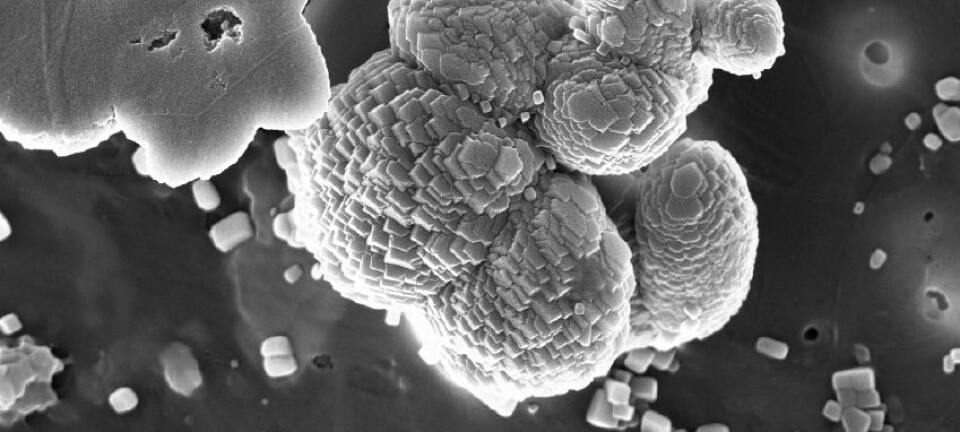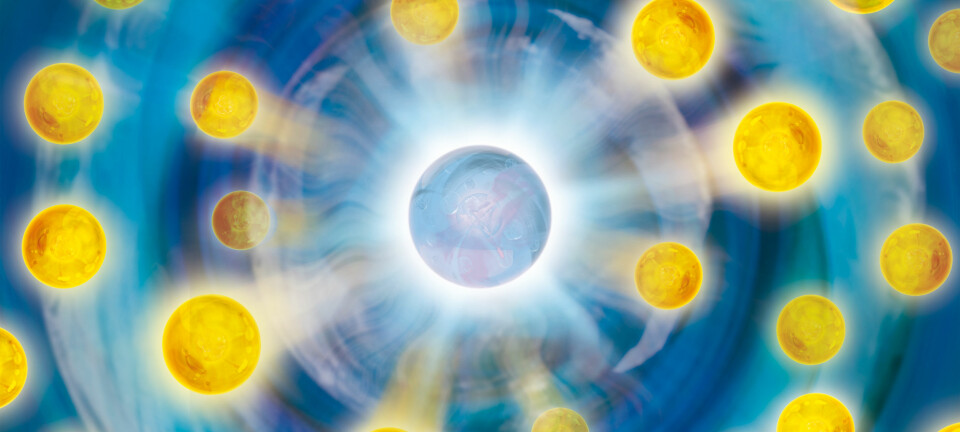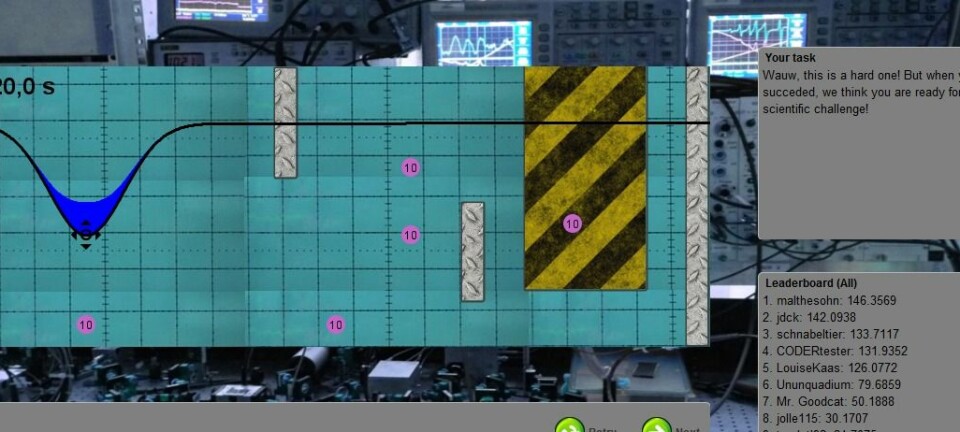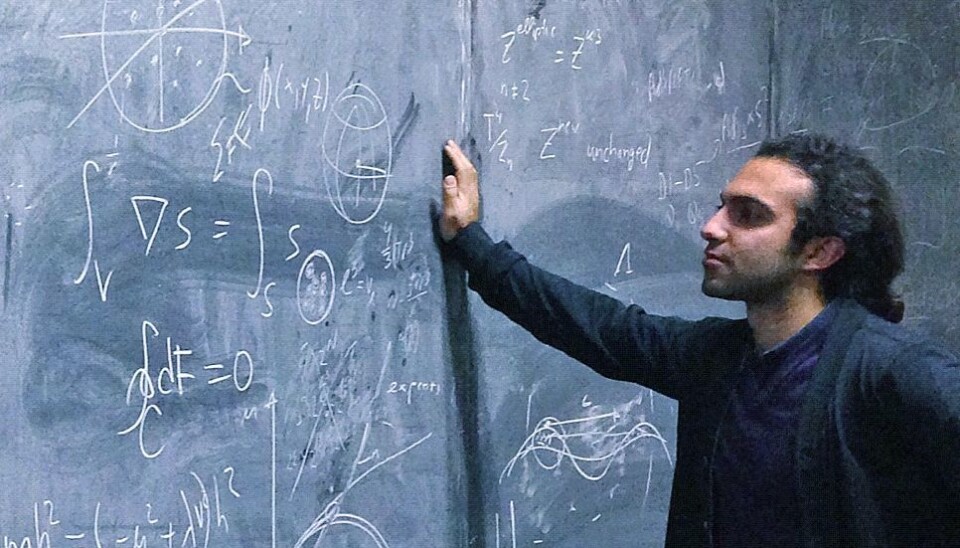
Effective method in quest for new physics
CERN’s Large Hadron Collider particle accelerator smashes protons together with such great force that it can give birth to hitherto unknown particles. A new method makes it easier to recognise the new particles.
Nature can be rather unpredictable at times. It can for instance be incredibly hard to predict what will happen when nature’s tiniest particles collide.
But this has become a bit easier now, as three physicists from three different continents have presented a new mathematical technique which can help theoretical physicists predict the result of experiments in which quarks – the constituents of nuclei – collide.
The new method was developed by Matin Mojaza, a PhD fellow at the Centre for Cosmology and Particle Physics Phenomenology at the University of Southern Denmark, and Stanley Brodsky of Stanford University, US, and Xing-Gang Wu of the Chongqing University in China. The method is described in an article in the journal Physical Review Letters.
The three researchers are hoping the new technique can be used to identify new elementary particles that have never been observed before.
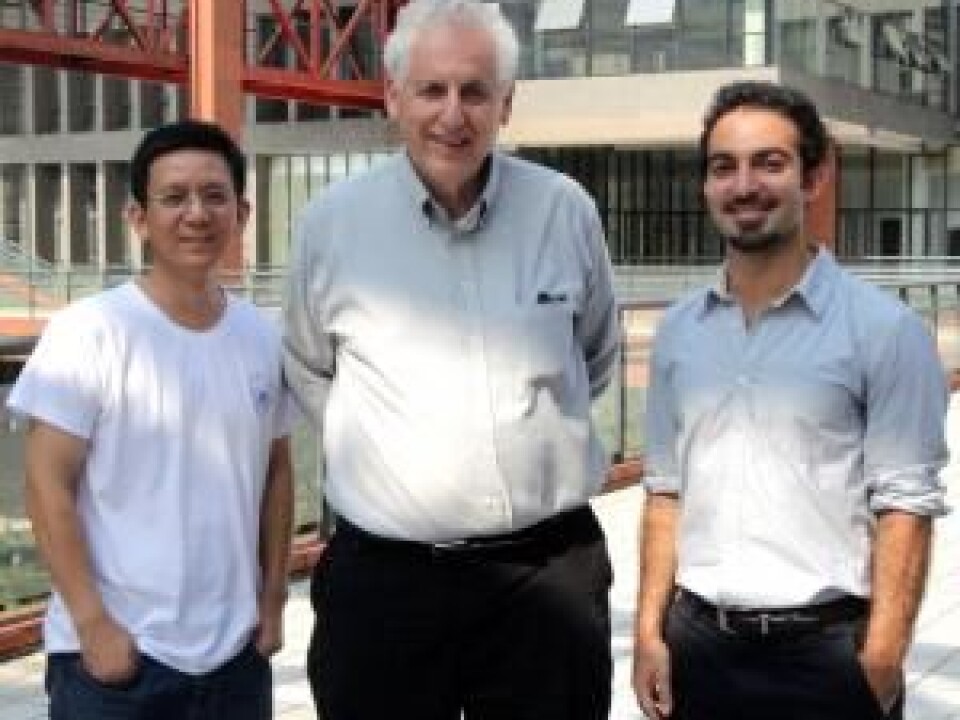
”We have made it easier to recognise new physics scenarios,” says Mojaza. “Our method will help those who analyse the results of the experiments. We’re giving them a tool for removing the uncertainty in their calculations.”
The search for a theory of everything
The world’s largest particle accelerator, the Large Hadron Collider at CERN, the European organisation for nuclear research in Switzerland, is currently being upgraded so that protons can be collided with even greater energy than before when the accelerator is restarted in 2015.
The big question is whether nature has any surprises in store – whether new and hitherto unknown particles will pop up in the heavy collisions. Such particles would lead physicists on the trail of a theory of everything.
The current theory has proved extremely reliable. It can be used to predict what happens when the particles collide. If the experiments reveal something different from what the calculations show, then something unexpected has occurred, which needs to be investigated further.
There are many ways of renormalising, but with our method it becomes easier for the theoretical physicists to figure out which renormalisation technique to use. In this way, we have removed an uncertainty in the theoretical calculations.
The challenge, then, lies in calculating with great precision to predict what, according to the existing theory, happens in the collisions in the accelerators. Otherwise it is not possible to distinguish between experimental results that fit in with the existing theory and those that require a new theory – entirely new physics.
Particles are difficult to calculate
”When you slap two protons against each other, the quarks and the gluons inside start to interact. The theory of how these particles interact is known as quantum chromodynamics. It is a well-established but also a very heavy theory that’s difficult to calculate,” explains Mojaza.
“When two quarks collide, it can result in the release of a gluon. The gluon can decay into some other, short-lived particles, for instance heavier quarks such as the top quark – which then also decays. The end product is then measured with the detectors.
”When we try to find out where there is some physical process going on that we are not aware of, we need to know exactly what the existing theory, i.e. the quantum chromodynamics theory, predicts. In this way, we can see how the theory’s predictions correspond with what we’re observing.”
Clearing out infinities
Now we can say with more certainty whether what we’re measuring at CERN fits in with the existing theory or whether it lies outside its scope and reveals some new physical processes.
”But here we run into some technical difficulties, because when we calculate the theory, divergences arise – infinities emerge, and those are not physical entities,” he explains.
Intuitively, the theory makes no sense, but the physicists save it using a trick known as renormalisation. The theory’s mathematical parameters are connected with physical parameters that can be measured, and then all the non-physical infinities disappear.
”There are many ways of renormalising, but with our method it becomes easier for the theoretical physicists to figure out which renormalisation technique to use. In this way, we have removed an uncertainty in the theoretical calculations.”
Collisions that include a top quark are particularly difficult to calculate using the old methods. The new method can also remove the uncertainties in the calculation of processes that include a top quark.
”Now we can say with more certainty whether what we’re measuring at CERN fits in with the existing theory or whether it lies outside its scope and reveals some new physical processes.”
------------------------
Read the Danish version of this article at videnskab.dk
Translated by: Dann VInther
